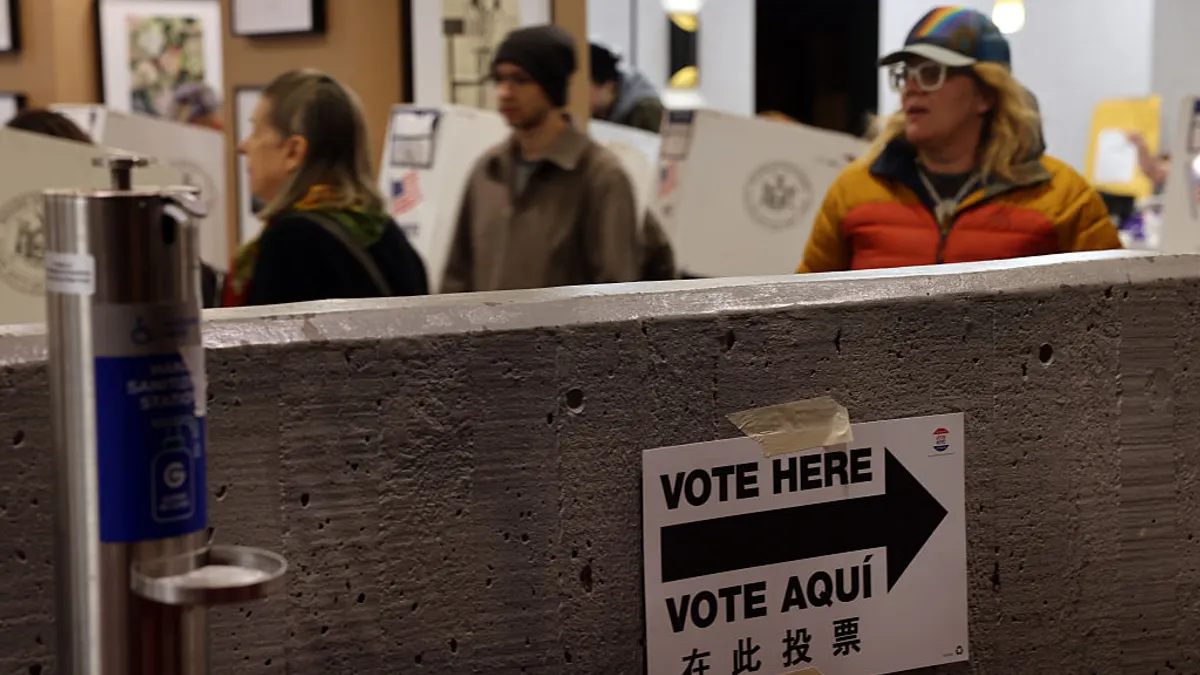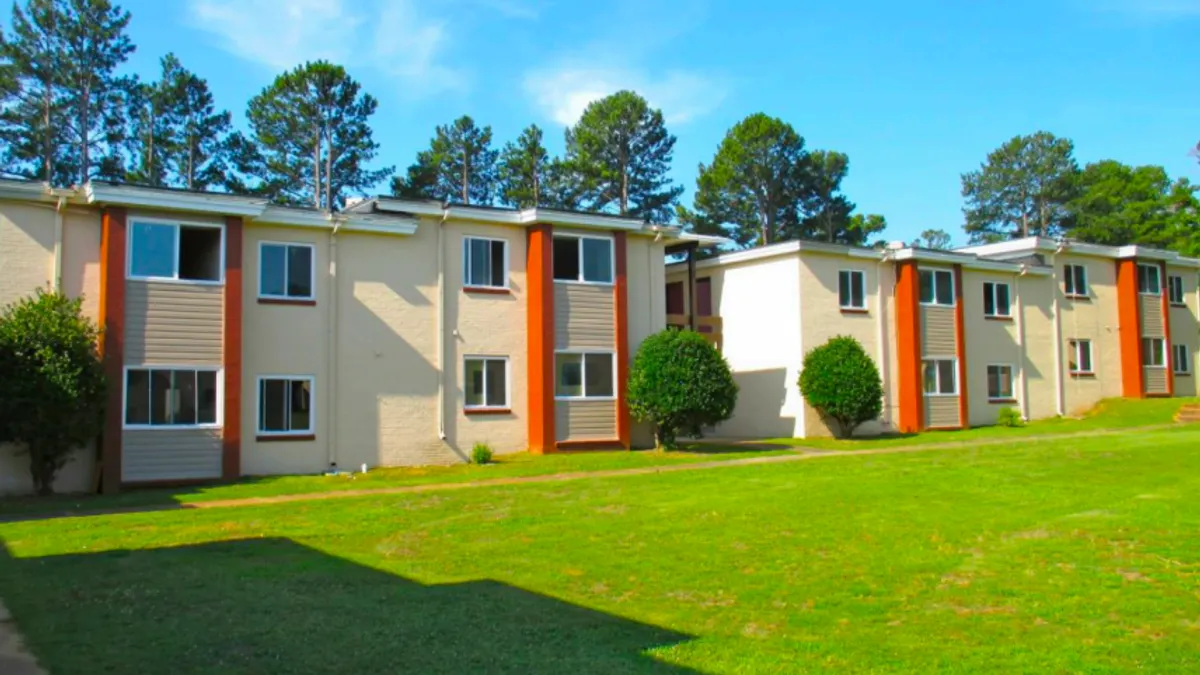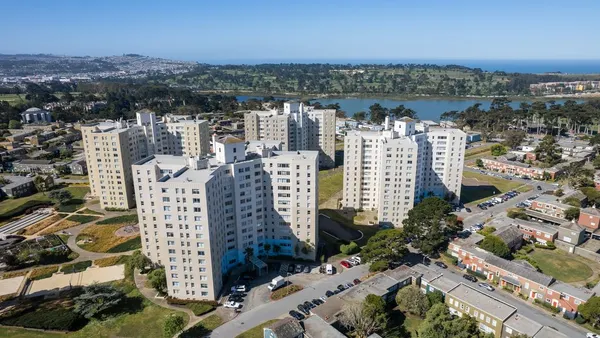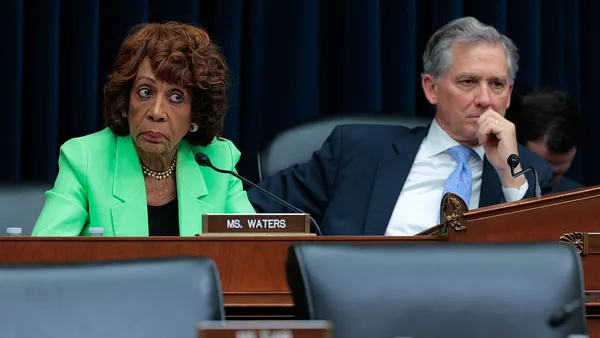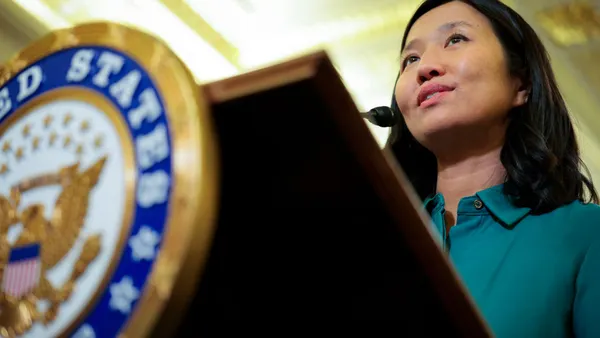While the eyes of the country were trained on the New York City mayoral race and gubernatorial contests in New Jersey and Virginia on Nov. 4, the 2025 elections also included several important ballot measures for the multifamily industry.
In Colorado, Montana, New York and Washington, voters weighed in on proposals to change zoning, impact fees and permitting processes. Here’s how eight key housing-related ballot measures fared Tuesday:
Louisville, Colorado
- Ballot Question 300 would have prohibited residential rezoning of the Centennial Valley, Redtail Ridge and Avista Adventist Hospital areas and created an exception for developments that include 30% on-site deed-restricted affordable housing limited to households at or below 80% of the AMI.
Result: Failed, 79% of voters denied the proposition, per the Boulder County election page’s unofficial results posted Wednesday. - Ballot Question 301 would have expanded the impact fees developers must pay to offset increased demand for facilities, including library, transportation, parks and trails, open space, recreation, emergency services, municipal buildings, water, wastewater, sewer, flood control and affordable housing.
Result: Failed. Voters denied the proposal by nearly 77%, per the county’s unofficial results.
Bozeman, Montana
- The Bozeman Water Adequacy ballot measure would have allowed developers to provide cash-in-lieu of water rights if they commit to designating 33% of new dwelling units as affordable to renters making 60% or less of AMI or available for sale to buyers making 120% AMI or less. Developers would otherwise have been responsible for securing water rights, which could take five to eight years, per the city.
Result: Failed. Voters opposed the proposal by nearly 70%, unofficial results show on Wednesday.
New York City
- Ballot proposal No. 2 fast-tracks affordable housing by granting zoning relief for publicly financed affordable housing projects. It would also establish a new, streamlined public review procedure for applications that deliver affordable housing in the community districts that have permitted the least affordable housing.
Result: Early results show voters approved the measure by 58%, NBC reported. - Ballot proposal No. 3 simplifies the review of modest housing and infrastructure projects. Specifically, it creates ELURP, a new review process for certain land use changes, such as modest increases in the amount of housing allowed, as well as the acquisition and disposition of land to facilitate affordable housing and climate resiliency projects.
Result: Early results show it passed with 57% of the vote, NBC reported. - Ballot proposal No. 4 creates a new Affordable Housing Appeals Board — made up of the relevant borough president, the speaker of the city council and the mayor — that would replace the mayor’s veto at the end of the Uniform Land Use Review Procedure for projects that would create affordable housing.
Result: Early results show it passed with 58% of the vote, NBC reported. - Ballot proposal No. 5 creates a single digital city map to modernize city operations. The official city map, which plays a “little-known but critical role” in approving NYC’s housing and infrastructure projects, currently consists of over 8,000 paper maps, according to the city.
Result: Early results show it passed by 73%, NBC reported.
Bellingham, Washington
- Initiative 25-03 prevents housing providers from interfering with or retaliating against renters engaging in protected actions such as tenant organizing, reporting legal violations, registering other residents to vote and passing out leaflets.
Result: Results show it passed with nearly 71% in favor, the Bellingham Herald reported.


